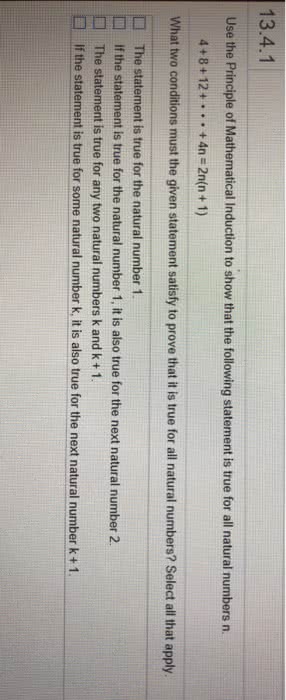MA100 Lecture Notes - Contraposition, Prime Number, If And Only If
Document Summary
In mathematics a statement is a declarative sentence that can be true or false but not both. A mathematical identity is an equality relation that is always true for all values of the variable in the relation. Ex. (x+3)2 = x2 + 6x + 9 ex. An equation is an equality relation depending on some variables for which we are asked to find all values that make the statement true. Clearly not an identity since for x=0 -6=0. X= 6 you can always check by substituting. I think therefore i am if a triangle is equilateral then all interior angles are 60 . Prove that if m and n are even numbers then m+n is also even. The converse of a statement is a statement obtained by switching the hypothesis with the conclusion. If a statement is true it is not always guaranteed that its converse is true.


